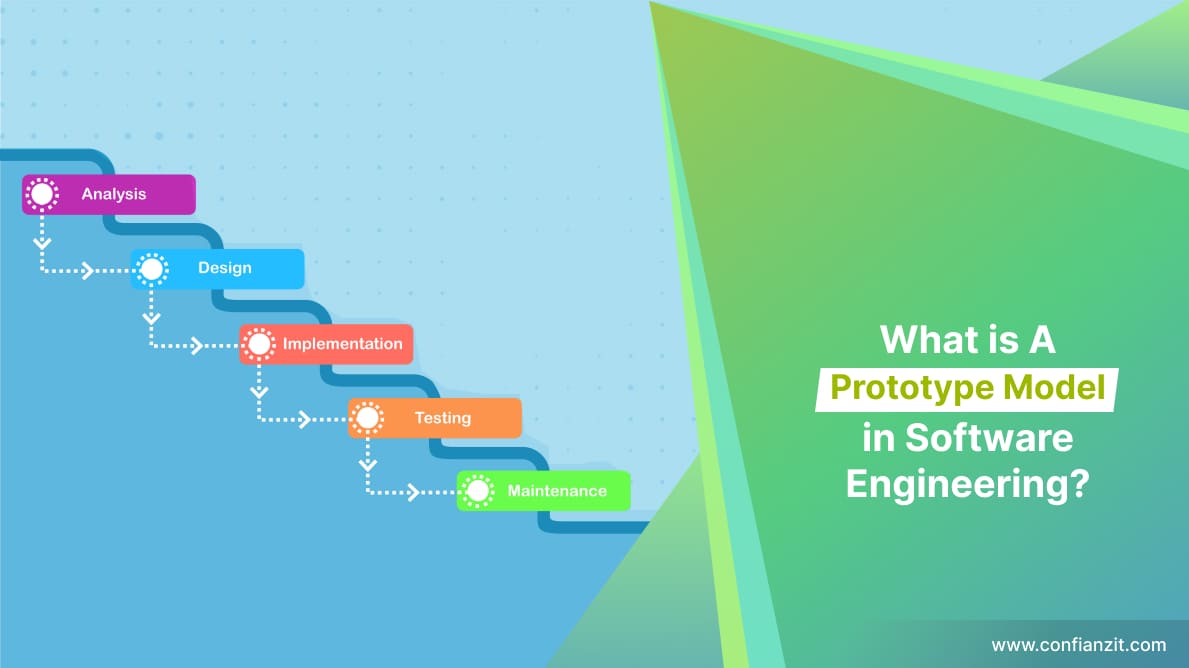There are many models you can follow when developing your software, including:
- Waterfall model
- RAD model
- Iterative model
- Spiral model
- Incremental model
- V-model
- Prototype model
In this article, we’ll be diving into the last one – the prototype model. It’s a great process to follow, especially if you’re not an expert developer or don’t have your project’s entire scope thoroughly defined. But what exactly is it, and how does it work?
What is A Prototype Model?

A prototype model is the process of building, testing, and developing a working replica of a product or service. In this case, we’re talking web or mobile app software. It is popular and one of the most widely-used Software Development Life Cycle (SDLC) models. In this process, you build an acceptable version of the software, gain customer feedback, and refine it until it is satisfactory.
This model is convenient when you have little to no information about the system or project requirements. Instead, you gather real data and responses from customers and users themselves. In a sense, you’re using a trial-and-error approach when developing your software.
Prototype Model Steps
The step-by-step process of the prototype model is quite simple.
Step 1: Gather initial requirements
First, you need to fully define the system requirements in detail. This is where you’d also interview users and ask them what they hope to expect from your software. Gather as much feedback as you can and include that in your app requirements.
Step 2: Make a quick design
Next, come up with a quick design. This won’t be the final product but a basic and preliminary version of your software. It’s a design that helps give users a general idea of what the system could look like.
Step 3: Build a first prototype
Now that you have a design ready, you can start building the prototype. You’re essentially making a condensed working model of your software. It may not have all the features and requirements, but it’s developed enough to be used or tested.
Step 4: Gain initial evaluation from users
Get customers involved and have them use and play around with your software. Collect any valuable feedback from users. Determine the strengths and weaknesses of your app and what needs improvement.
Step 5: Refine the prototype
After initial evaluations, implement the feedback and make any necessary alterations to your app. Repeat steps 3-5 until all input is implemented, users are satisfied, and you approve the latest prototype.
Step 6: Create and maintain the final product
You can now create the final product. You send the approved prototype to production, where it will be thoroughly tested so that it’s ready to deploy into a live environment. After it is live, conduct routine maintenance to ensure your software runs smoothly. It helps prevent lengthy downtimes and prevent any large-scale failures.
Types of Prototype Models
You can execute the prototype model in four different ways. Let’s take a look at each.
1. Rapid throwaway
In rapid throwaway prototyping, the prototype is based on the preliminary requirements. It doesn’t require much effort or requirement gathering to build a prototype. You quickly build it to have a simple visual model to share. Customer feedback greatly influences the changes made to the app. It’s called a “throwaway” because each developed prototype gets discarded and won’t be included in the final product.
2. Evolutionary
In evolutionary prototyping, you’re incrementally refining and changing the prototype until it is approved. So as you gain more feedback from users, you’ll implement them into the current version instead of creating a completely new one. This model saves time, effort, and frustration from creating a new prototype from scratch. An evolutionary approach may be helpful when you include new or poorly understood technology.
3. Incremental
In incremental prototyping, you’re dividing segments of the final software and developing smaller, separate prototypes for each one. They each go through their own testing and implementation phase. This may be useful in reducing your development schedule and getting customer feedback quickly.
4. Extreme
Extreme prototyping is mainly used for web development. It consists of three steps. First, you build your prototypes in HTML. Then you process the data via a prototype services layer. Lastly, you integrate it into the final product.
Pros of the Prototype Model
There are many benefits to employing the prototype model.
- User feedback and engagement – Customers can see the product in its early stages. They get to participate in developing and improving the software, which will improve customer satisfaction.
- Reusable – Your prototypes can be used for future projects.
- Fix errors early – Because you’re constantly getting feedback, you can quickly fix and address any functionality issues before the final product gets made.
- Better understanding of software development – Since users are actively involved, they learn more about how apps are developed.
- Model is straightforward – The prototype model is easy to understand. It’s helpful because you don’t need to be an expert to build the software.
Cons of the Prototype Model
However, the prototype model does have its downsides.
- Time-consuming – Because of the trial-and-error approach, it makes for a slow and lengthy process. You’re going back and forth with users when refining each prototype.
- Costly – In this model, you are building multiple software builds – many of which are discarded and unused. So that’s expensive cash you may be throwing away.
- Challenging to implement all changes – Users may have excessive or varying suggestions for your software. It will get to a point where you can’t include them all, leaving some users unsatisfied.
- Too dependent on user feedback – There is a risk that you may rely too much on user feedback, leading to inadequate initial requirements.
Build a Great Final Product
The prototype model is great for producing a nearly-perfect final product. You’re receiving timely and valuable feedback from your target audience, which will help improve your app. This model is one way to get users involved and excited about your software.
Being a highly esteemed technology firm, we excel in delivering top-tier offshore web development services, notably specializing in offshore software development. Our team of offshore web developers possesses adeptness in crafting unparalleled web solutions spanning across e-commerce, enterprise-level web applications, mobile apps, sales and marketing communication tools, online systems, portals, and more. Our commitment lies in maintaining a keen awareness of industry trends, backed by a wealth of experience surpassing a decade. And if you need developers who can help you throughout the entire process, Confianz is the place to go.
Contact us to learn more!







